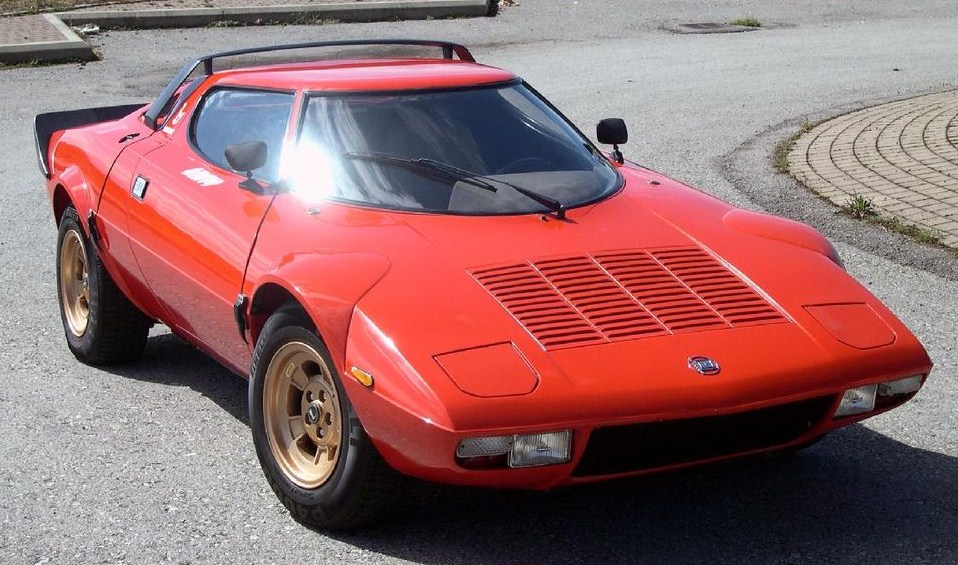Via email, Reader Jim L. took issue with me on this post (Tinkering With A Dream), saying, “That’s an easy way out. Almost ALL old cars would be great with modern technology. Which old car would you choose if you COULDN’T put in modern tech?”
Okay, challenge accepted. Just to make things more difficult for myself, I’ve excluded the original E-type, Dino and Merc 300 from the choices because even in their original offerings, they would occupy the top three slots anyway. Also, I’ve included reliability and (reasonably-) low maintenance in the criteria (so bye-bye to Alfa, Fiat, Lancia etc.). But above all, the cars have to have charm, beauty and charisma.
Assuming then that the car was in its contemporaneous showroom condition, here are my Top 6 Old Dream Cars:
1958 BMW 507
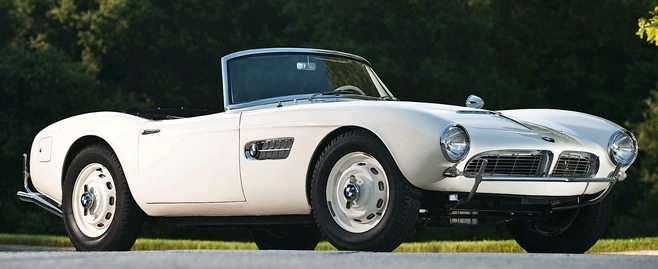
No need to add or subtract anything. The only reason that BMW didn’t flood the market with these exquisite cars is because of its exorbitant price ($98k in 2020 dollars); but by modern standards, it would be a bargain. Today, even a clapped-out old 507 will fetch well over a million spondulicks (which says it all, really). It was, and is, one of the most beautiful sports cars ever made, and it’s noteworthy that the few secondhand models still around have very high mileage on the tach.
1956 Citroën Traction Avant 15/H
 The pre-war models were admittedly underpowered (not for the time, though), but by the late 1950s its 2.9-liter six-cylinder engine was tops. (The “H” in the description denotes that the car was fitted with Citroën’s hydro-pneumatic suspension, which made it the most comfortable ride back then, and maybe still even by today’s standards.) The TA was and still is wonderfully reliable, and in this old Frog limo I’d tour the country — any country — without a qualm.
The pre-war models were admittedly underpowered (not for the time, though), but by the late 1950s its 2.9-liter six-cylinder engine was tops. (The “H” in the description denotes that the car was fitted with Citroën’s hydro-pneumatic suspension, which made it the most comfortable ride back then, and maybe still even by today’s standards.) The TA was and still is wonderfully reliable, and in this old Frog limo I’d tour the country — any country — without a qualm.
1967 Monteverdi High Speed 375
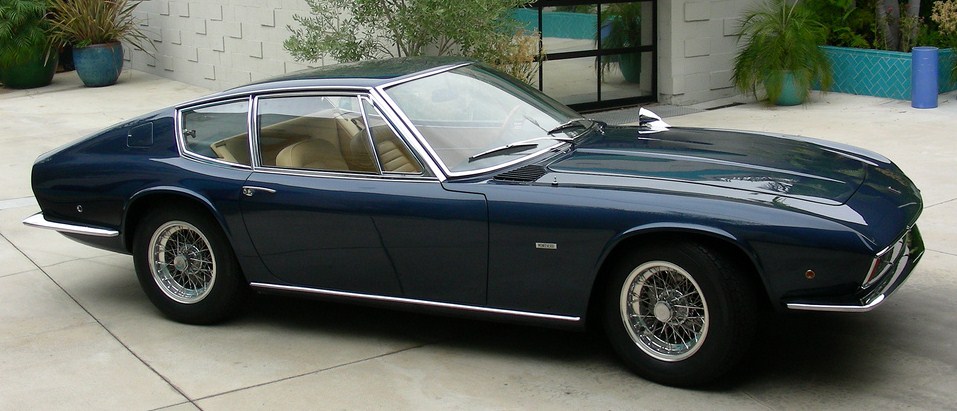 Let’s see: Swiss steel and manufacturing, Italian styling and an American engine (to be specific, Chrysler’s honking big-block 7.2-liter V8 putting out 375hp). Find fault with any of those, I dare ya — and the combination was (and is) irresistible. The only thing I don’t like about the Monteverdi is that it came only with automatic transmission — but in a tourer, that’s not too much of a compromise, really.
Let’s see: Swiss steel and manufacturing, Italian styling and an American engine (to be specific, Chrysler’s honking big-block 7.2-liter V8 putting out 375hp). Find fault with any of those, I dare ya — and the combination was (and is) irresistible. The only thing I don’t like about the Monteverdi is that it came only with automatic transmission — but in a tourer, that’s not too much of a compromise, really.
1969 Mercedes 300 SEL 6.3
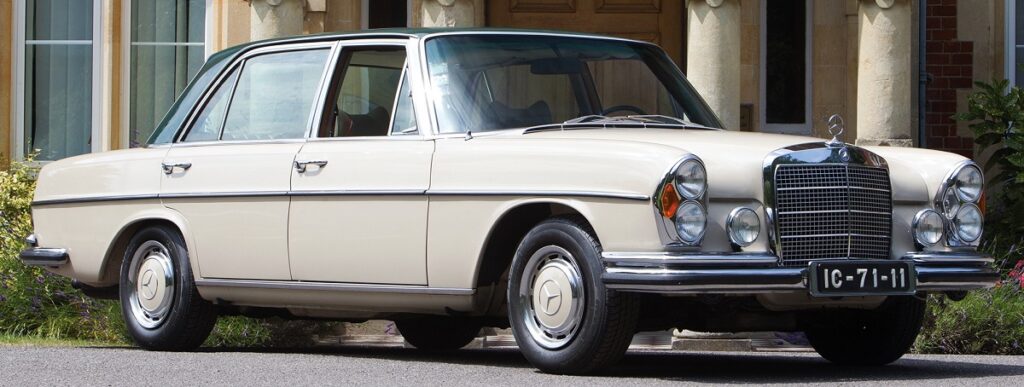 More power than anyone would ever need off a racetrack (yes, a 6.3-liter engine with serious grunt), matchless reliability (built back in the day when engineering was Job #1 at Mercedes), and classic good looks. The 6.3 actually created the “high performance” category of large luxury cars, and it took most other manufacturers nearly a decade to catch up properly.
More power than anyone would ever need off a racetrack (yes, a 6.3-liter engine with serious grunt), matchless reliability (built back in the day when engineering was Job #1 at Mercedes), and classic good looks. The 6.3 actually created the “high performance” category of large luxury cars, and it took most other manufacturers nearly a decade to catch up properly.
1965 Mercedes 230 SL
 Okay, this one’s as much for New Wife as for me, but I’d still take one for myself in a heartbeat. It’s not a performance car by any definition, but it’s quick enough, and comfortable enough, and reliable in spades. And lest we forget, it looks classy and elegant.
Okay, this one’s as much for New Wife as for me, but I’d still take one for myself in a heartbeat. It’s not a performance car by any definition, but it’s quick enough, and comfortable enough, and reliable in spades. And lest we forget, it looks classy and elegant.
1963 Porsche 356 C Carrera 2
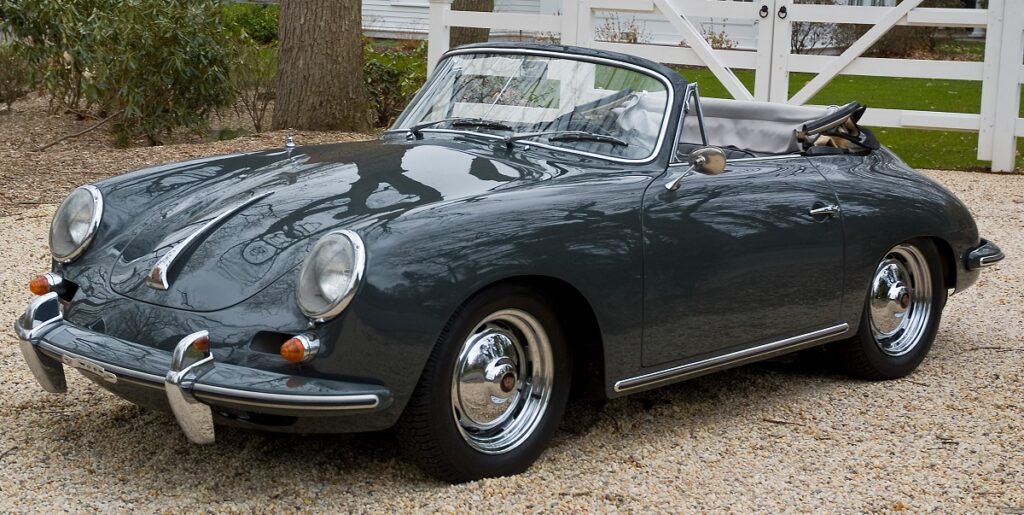 The last of the 356 line before being replaced by the 911, this one had Porsche’s 2-liter flat-four engine. What it also had (and has) is wonderful reliability and driving pleasure. What it doesn’t have (or need) is power anything, electronics and all the modern and mostly unnecessary crap that makes my nose twitch.
The last of the 356 line before being replaced by the 911, this one had Porsche’s 2-liter flat-four engine. What it also had (and has) is wonderful reliability and driving pleasure. What it doesn’t have (or need) is power anything, electronics and all the modern and mostly unnecessary crap that makes my nose twitch.
So there you have it: six old cars, unaltered, out of the box, no changes necessary. I would take all of them, in a heartbeat, and if forced to take only one, I’d roll the die and be perfectly satisfied with whichever number came up.


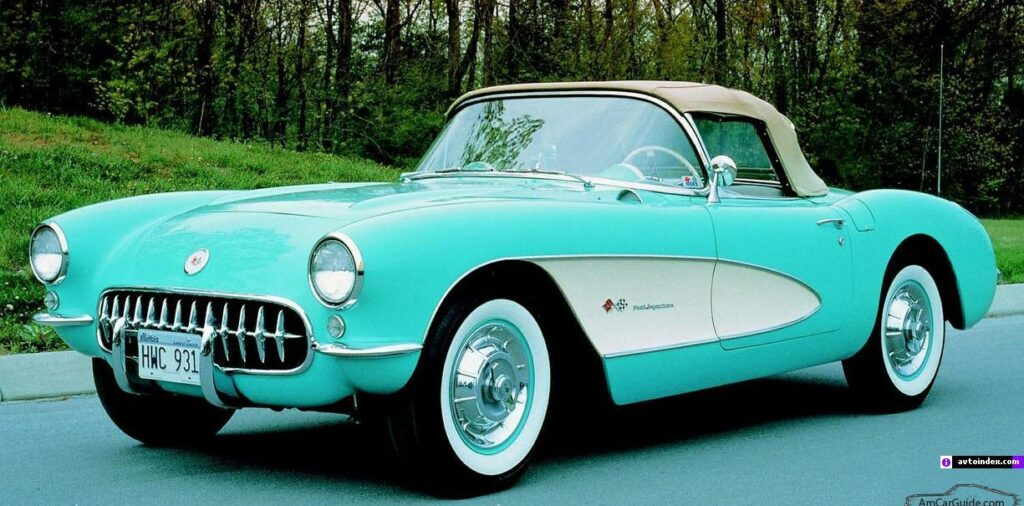
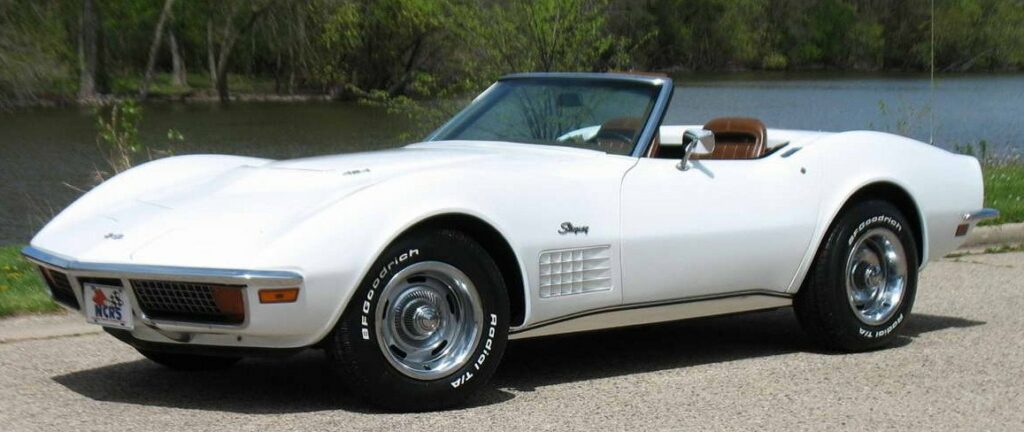








 The pre-war models were admittedly underpowered (not for the time, though), but by the late 1950s its 2.9-liter six-cylinder engine was tops. (The “H” in the description denotes that the car was fitted with Citroën’s hydro-pneumatic suspension, which made it the most comfortable ride back then, and maybe still even by today’s standards.) The TA was and still is wonderfully reliable, and in this old Frog limo I’d tour the country — any country — without a qualm.
The pre-war models were admittedly underpowered (not for the time, though), but by the late 1950s its 2.9-liter six-cylinder engine was tops. (The “H” in the description denotes that the car was fitted with Citroën’s hydro-pneumatic suspension, which made it the most comfortable ride back then, and maybe still even by today’s standards.) The TA was and still is wonderfully reliable, and in this old Frog limo I’d tour the country — any country — without a qualm. Let’s see: Swiss steel and manufacturing, Italian styling and an American engine (to be specific, Chrysler’s honking big-block 7.2-liter V8 putting out 375hp). Find fault with any of those, I dare ya — and the combination was (and is) irresistible. The only thing I don’t like about the Monteverdi is that it came only with automatic transmission — but in a tourer, that’s not too much of a compromise, really.
Let’s see: Swiss steel and manufacturing, Italian styling and an American engine (to be specific, Chrysler’s honking big-block 7.2-liter V8 putting out 375hp). Find fault with any of those, I dare ya — and the combination was (and is) irresistible. The only thing I don’t like about the Monteverdi is that it came only with automatic transmission — but in a tourer, that’s not too much of a compromise, really. More power than anyone would ever need off a racetrack (yes, a 6.3-liter engine with serious grunt), matchless reliability (built back in the day when engineering was Job #1 at Mercedes), and classic good looks. The 6.3 actually created the “high performance” category of large luxury cars, and it took most other manufacturers nearly a decade to catch up properly.
More power than anyone would ever need off a racetrack (yes, a 6.3-liter engine with serious grunt), matchless reliability (built back in the day when engineering was Job #1 at Mercedes), and classic good looks. The 6.3 actually created the “high performance” category of large luxury cars, and it took most other manufacturers nearly a decade to catch up properly. Okay, this one’s as much for New Wife as for me, but I’d still take one for myself in a heartbeat. It’s not a performance car by any definition, but it’s quick enough, and comfortable enough, and reliable in spades. And lest we forget, it looks classy and elegant.
Okay, this one’s as much for New Wife as for me, but I’d still take one for myself in a heartbeat. It’s not a performance car by any definition, but it’s quick enough, and comfortable enough, and reliable in spades. And lest we forget, it looks classy and elegant. The last of the 356 line before being replaced by the 911, this one had Porsche’s 2-liter flat-four engine. What it also had (and has) is wonderful reliability and driving pleasure. What it doesn’t have (or need) is power anything, electronics and all the modern and mostly unnecessary crap that makes my nose twitch.
The last of the 356 line before being replaced by the 911, this one had Porsche’s 2-liter flat-four engine. What it also had (and has) is wonderful reliability and driving pleasure. What it doesn’t have (or need) is power anything, electronics and all the modern and mostly unnecessary crap that makes my nose twitch.